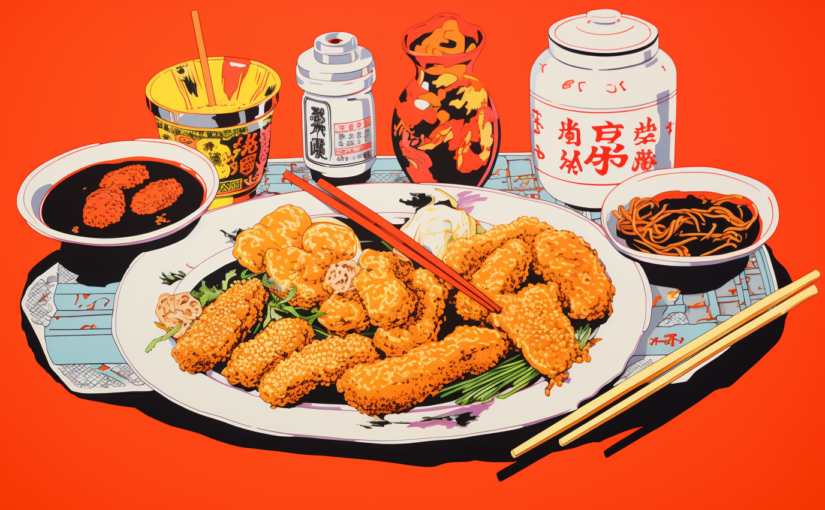In journalism and publishing, “TK” is a placeholder term that stands for “to come.” It’s used in draft copy to indicate that information will be added at a later point. This is often used when the writer or editor doesn’t have all the necessary information at the moment of writing but does not want to disrupt the flow of their work. Or it’s used because you just don’t feel like figuring something out at the time.
The reason for using “TK” rather than “TC” (the initials of “to come”) is that “TK” is an uncommon letter combination in English. Unless you’re writing about latkes, pocketknives, or the Atkins diet. Leaving a TK in a document means you can search for it later and fill in the blanks when you’re ready.




